Throughout the history of motorsport, certain race cars have stood out for their exceptional performance and groundbreaking designs. These vehicles not only dominated their respective eras but also left a lasting impact on the racing world. Here, we explore twelve of the most dominant race cars that have ever graced the track.
The Bugatti Type 35
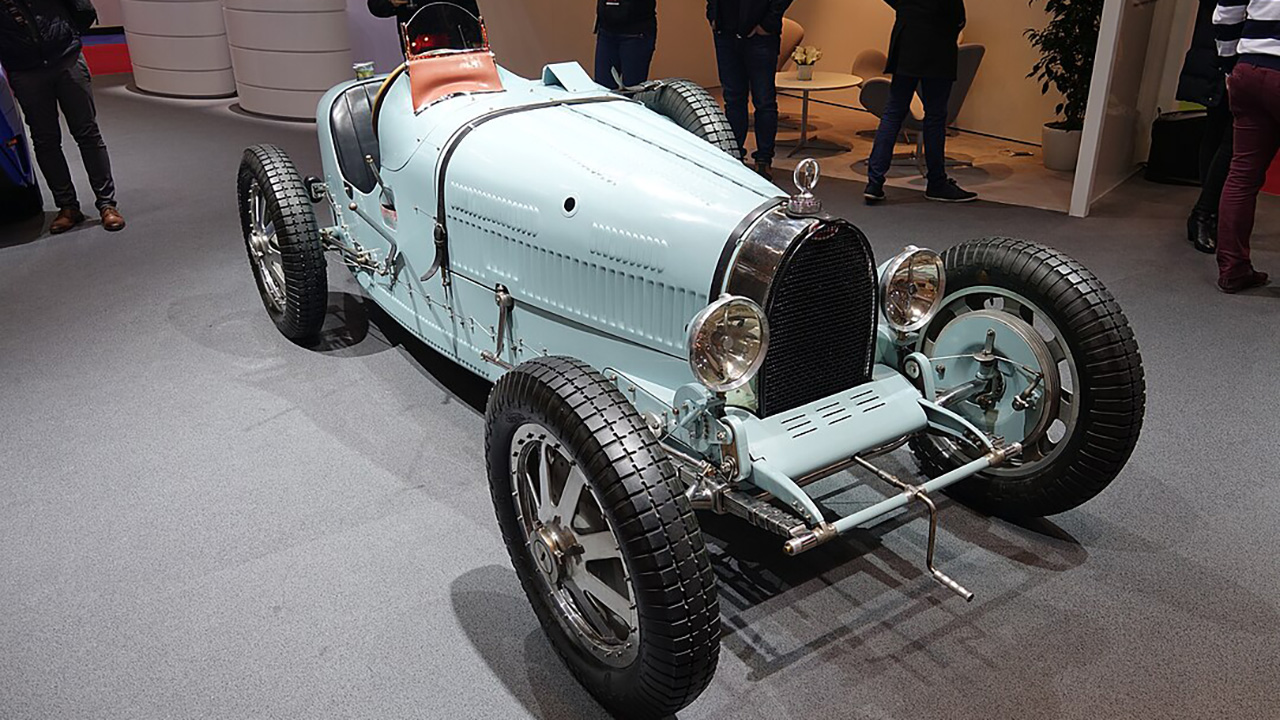
The Bugatti Type 35 is often hailed as one of the most successful racing cars of the 1920s. With its lightweight design and advanced engineering for its time, the Type 35 won over 1,000 races in its career. Its success was largely due to its innovative use of alloy wheels and a hollow front axle, which reduced weight and improved handling.
Introduced in 1924, the Type 35 was powered by a 2.0-liter straight-eight engine, which was capable of producing around 90 horsepower. This car’s dominance was evident in events like the Targa Florio, where it secured five consecutive victories from 1925 to 1929.
The Mercedes-Benz W196

The Mercedes-Benz W196 was a Formula One racing car that made its debut in 1954. It was driven by legends such as Juan Manuel Fangio, who won two World Championships with it. The W196 was notable for its streamlined bodywork and advanced fuel injection system, which gave it a competitive edge.
With its 2.5-liter straight-eight engine, the W196 was capable of reaching speeds over 180 mph. Its innovative design and engineering prowess helped Mercedes-Benz secure nine victories in the 12 races it entered during the 1954 and 1955 seasons.
The Ferrari 250 GTO
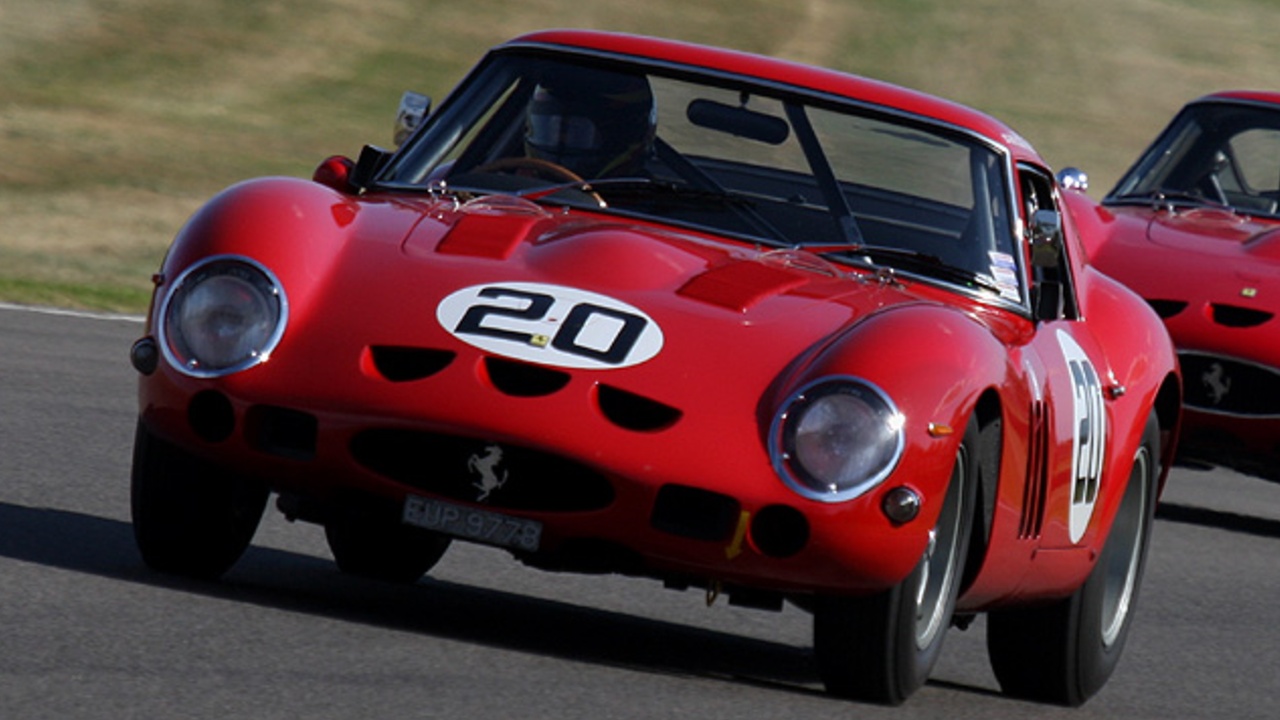
The Ferrari 250 GTO is one of the most iconic race cars ever built, known for its stunning design and impressive performance. Produced between 1962 and 1964, the 250 GTO was powered by a 3.0-liter V12 engine, delivering around 300 horsepower.
Its racing pedigree includes victories in prestigious events like the Tour de France Automobile, which it won three times consecutively from 1963 to 1965. The 250 GTO’s combination of speed, agility, and reliability made it a formidable competitor on the track.
The Porsche 917

The Porsche 917 is a legendary endurance racing car that achieved fame for its dominance at the 24 Hours of Le Mans. Introduced in 1969, the 917 was powered by a flat-12 engine, producing up to 600 horsepower, and was capable of reaching speeds over 240 mph.
The 917’s most notable achievements include back-to-back victories at Le Mans in 1970 and 1971. Its success helped establish Porsche as a dominant force in endurance racing, and the car remains a symbol of engineering excellence.
The Ford GT40
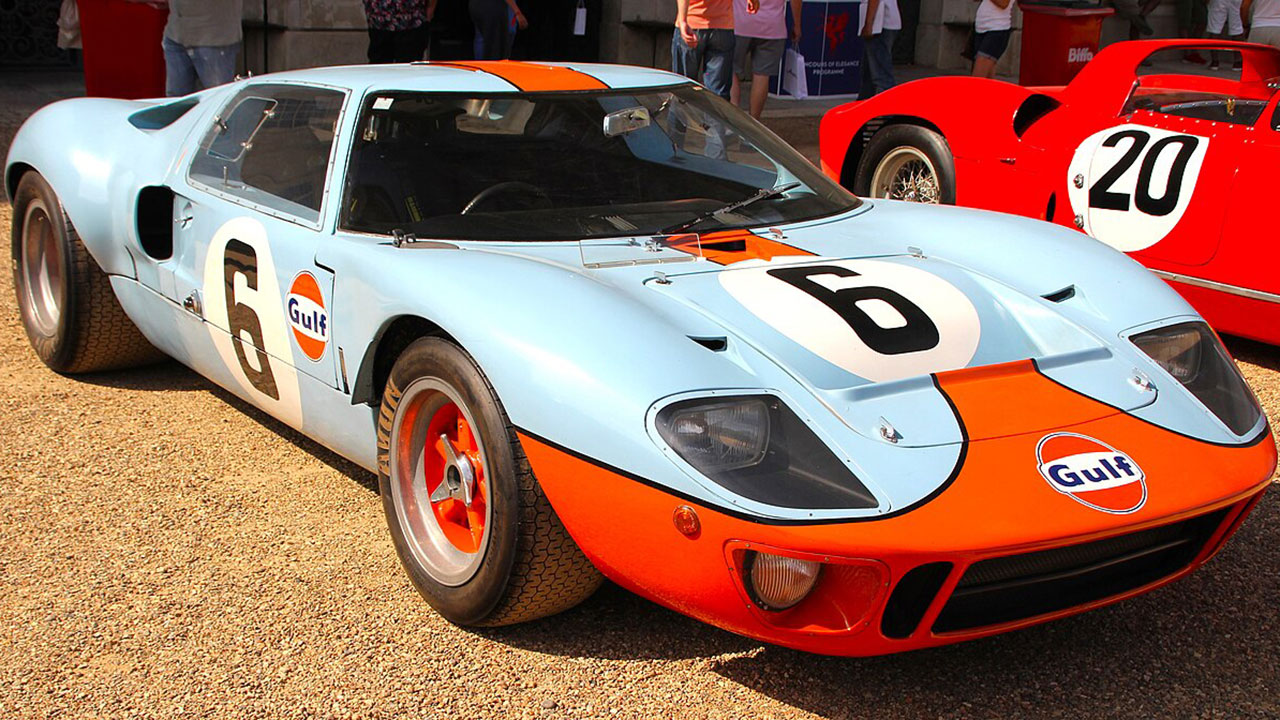
The Ford GT40 was developed with the specific goal of beating Ferrari at the 24 Hours of Le Mans. It achieved this goal spectacularly, winning the race four consecutive times from 1966 to 1969. The GT40 was powered by a 7.0-liter V8 engine, which provided the power needed to outpace its rivals.
Its victory in 1966 was particularly historic, as it marked the first time an American manufacturer had won the prestigious race. The GT40’s success at Le Mans is a testament to its design and performance capabilities.
The McLaren MP4/4
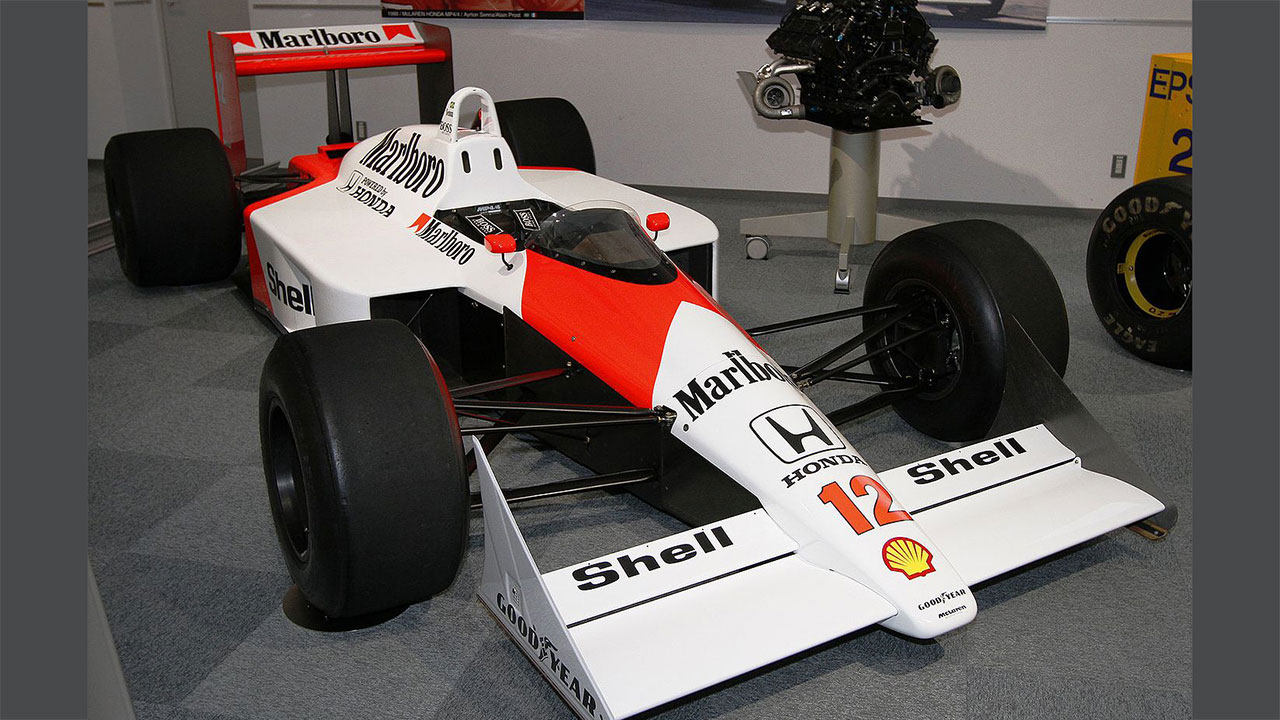
The McLaren MP4/4 is widely regarded as one of the most dominant Formula One cars ever built. Driven by Ayrton Senna and Alain Prost, the MP4/4 won 15 of the 16 races in the 1988 season, securing both the Drivers’ and Constructors’ Championships for McLaren.
Powered by a Honda 1.5-liter V6 turbo engine, the MP4/4 was known for its exceptional speed and reliability. Its success in 1988 remains one of the most impressive displays of dominance in Formula One history.
The Audi Quattro
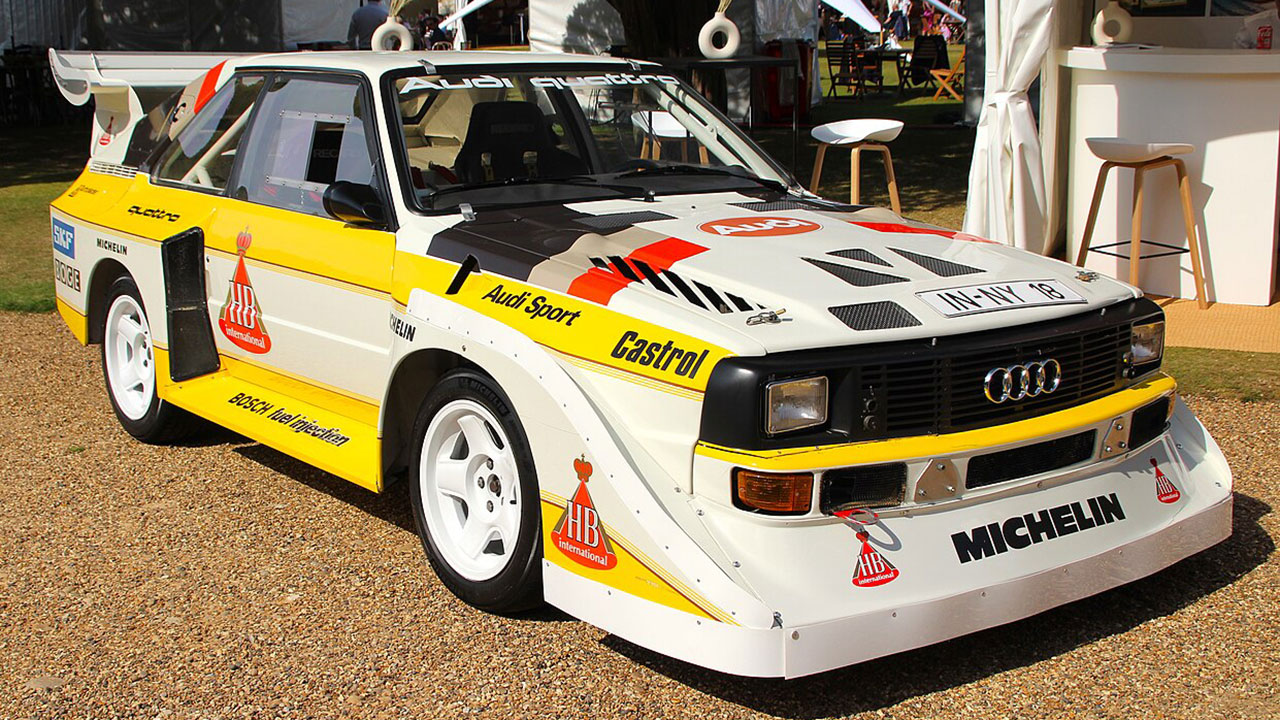
The Audi Quattro revolutionized rally racing with its introduction of all-wheel drive technology. Debuting in 1980, the Quattro quickly became a force to be reckoned with in the World Rally Championship, winning multiple titles throughout the 1980s.
Its 2.1-liter turbocharged inline-five engine provided the power, while the all-wheel drive system offered unmatched traction and control on various surfaces. The Quattro’s impact on rally racing is still felt today, as all-wheel drive has become a standard feature in the sport.
The Williams FW14B
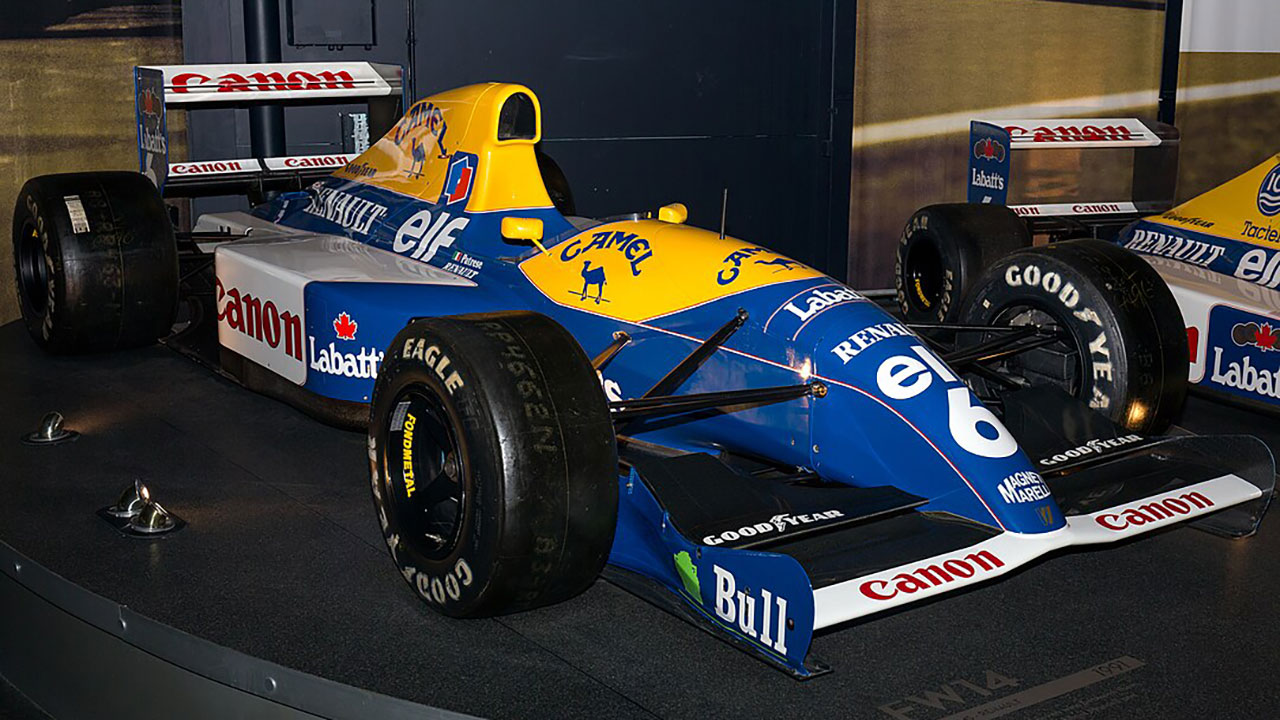
The Williams FW14B was a technological marvel in Formula One, featuring advanced systems such as active suspension and traction control. Driven by Nigel Mansell, the FW14B dominated the 1992 season, winning nine of the 16 races and securing the Drivers’ Championship for Mansell.
Its Renault V10 engine provided the power, while the car’s innovative technology gave it a significant advantage over its competitors. The FW14B’s success marked a turning point in Formula One, showcasing the potential of electronic driver aids.
The Ferrari F2004
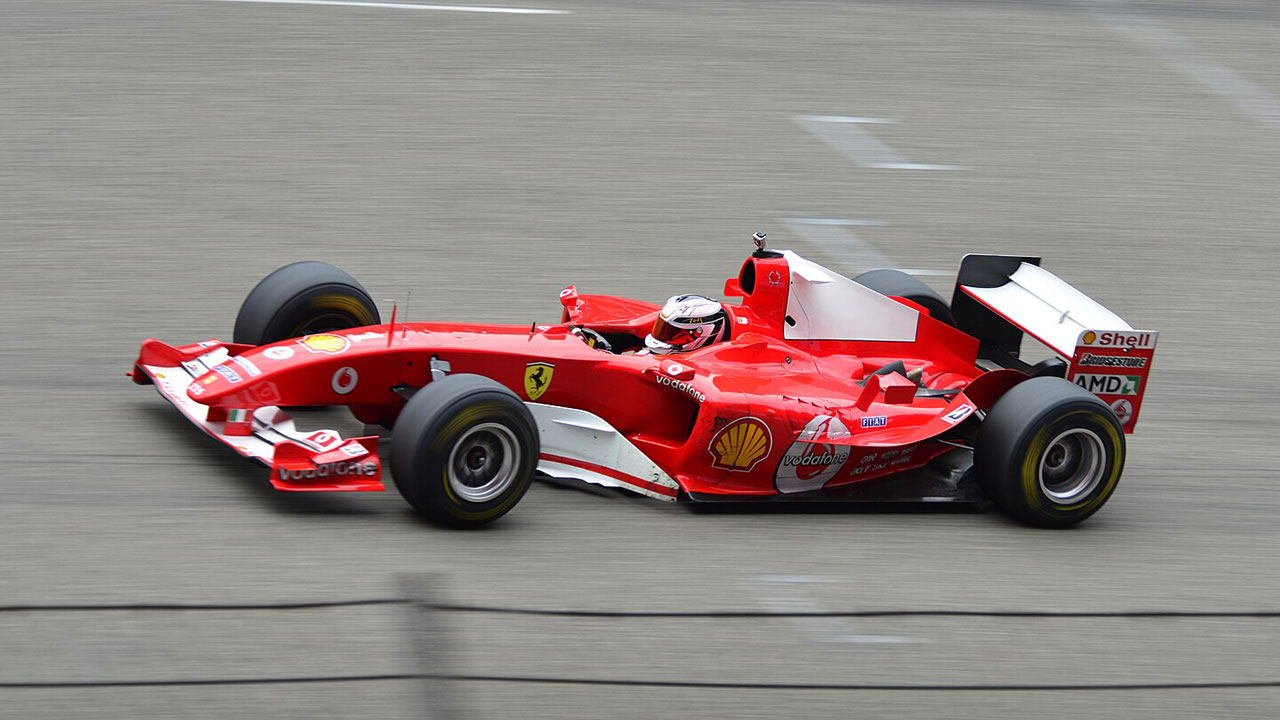
The Ferrari F2004 is one of the most successful Formula One cars in history, driven by Michael Schumacher and Rubens Barrichello. During the 2004 season, the F2004 won 15 of the 18 races, helping Schumacher secure his seventh World Championship.
Powered by a 3.0-liter V10 engine, the F2004 was known for its speed and reliability. Its dominance in 2004 is a testament to Ferrari’s engineering excellence and Schumacher’s driving prowess.
The Peugeot 905

The Peugeot 905 was a sports prototype racing car that achieved significant success in the early 1990s. It won the 24 Hours of Le Mans in 1992 and 1993, showcasing its capabilities in endurance racing.
Powered by a 3.5-liter V10 engine, the 905 was known for its aerodynamic design and impressive speed. Its victories at Le Mans helped establish Peugeot as a competitive force in the world of endurance racing.
The Porsche 956/962

The Porsche 956 and its successor, the 962, were dominant forces in endurance racing during the 1980s and early 1990s. The 956 debuted in 1982 and quickly made its mark by winning the 24 Hours of Le Mans that year.
With its 2.65-liter flat-six engine and ground-breaking aerodynamics, the 956/962 series won numerous championships and races, including multiple victories at Le Mans. Their success cemented Porsche’s reputation as a leader in endurance racing.
The Red Bull RB9

The Red Bull RB9 was a Formula One car that dominated the 2013 season, driven by Sebastian Vettel. The RB9 won 13 of the 19 races that year, securing both the Drivers’ and Constructors’ Championships for Red Bull Racing.
Powered by a Renault V8 engine, the RB9 was known for its aerodynamic efficiency and speed. Vettel’s nine consecutive victories towards the end of the season highlighted the car’s superiority and Red Bull’s strategic prowess.
Like Fast Lane Only’s content? Be sure to follow us.
Here’s more from us:
*Created with AI assistance and editor review.


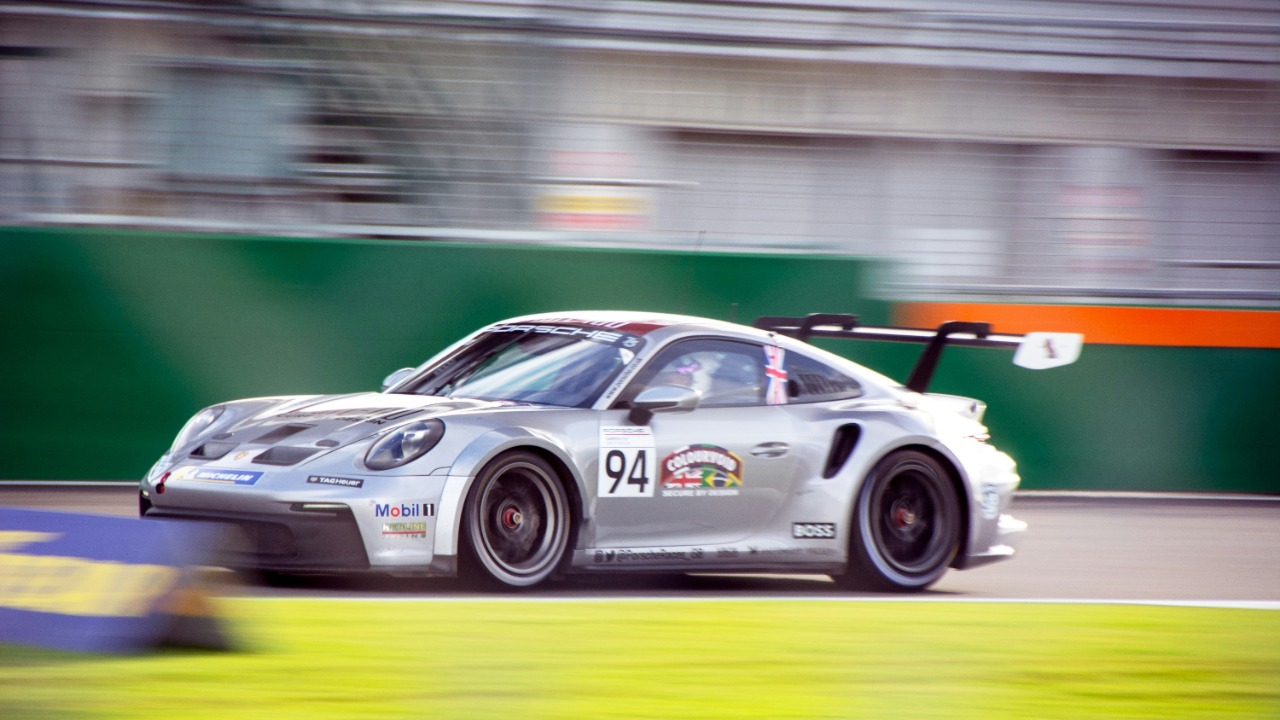
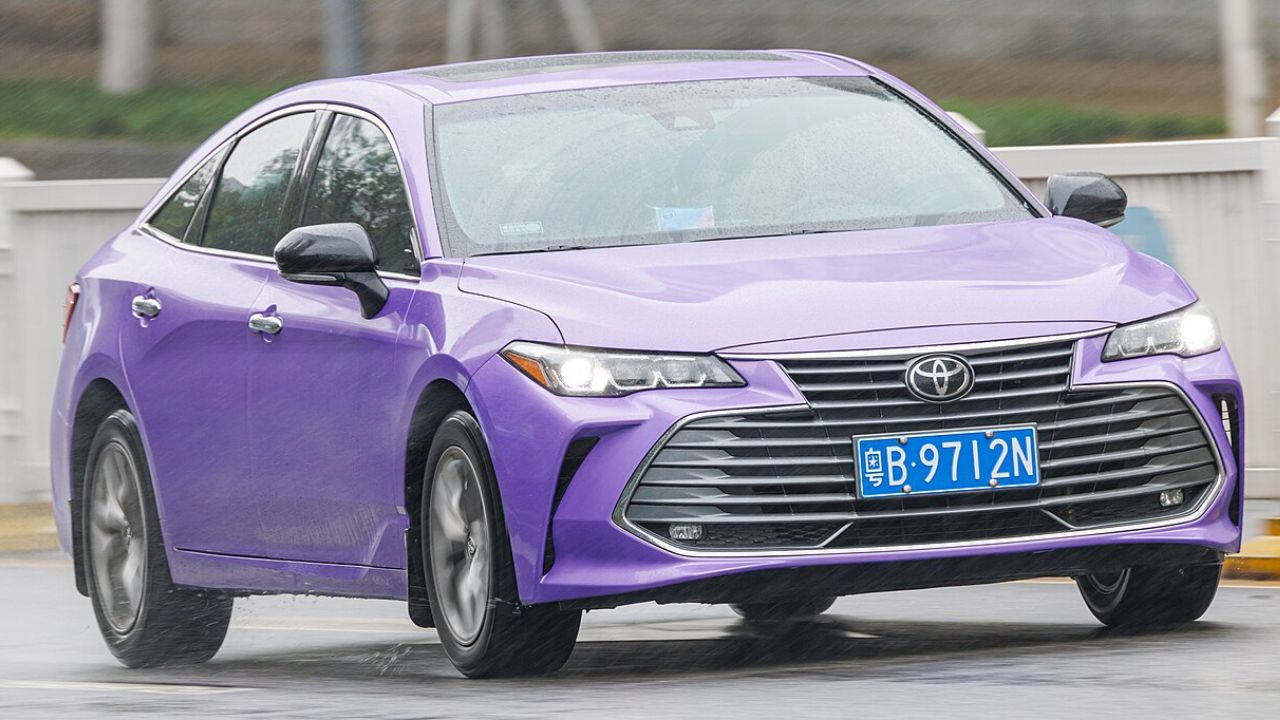

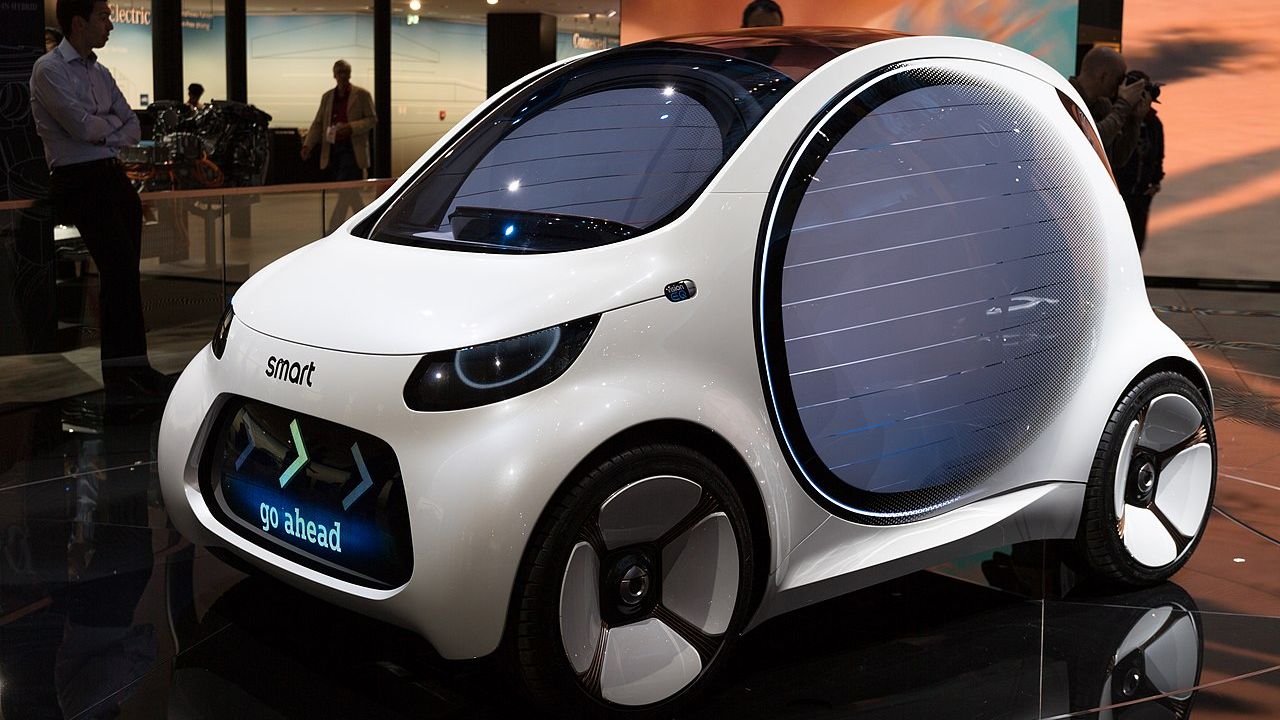
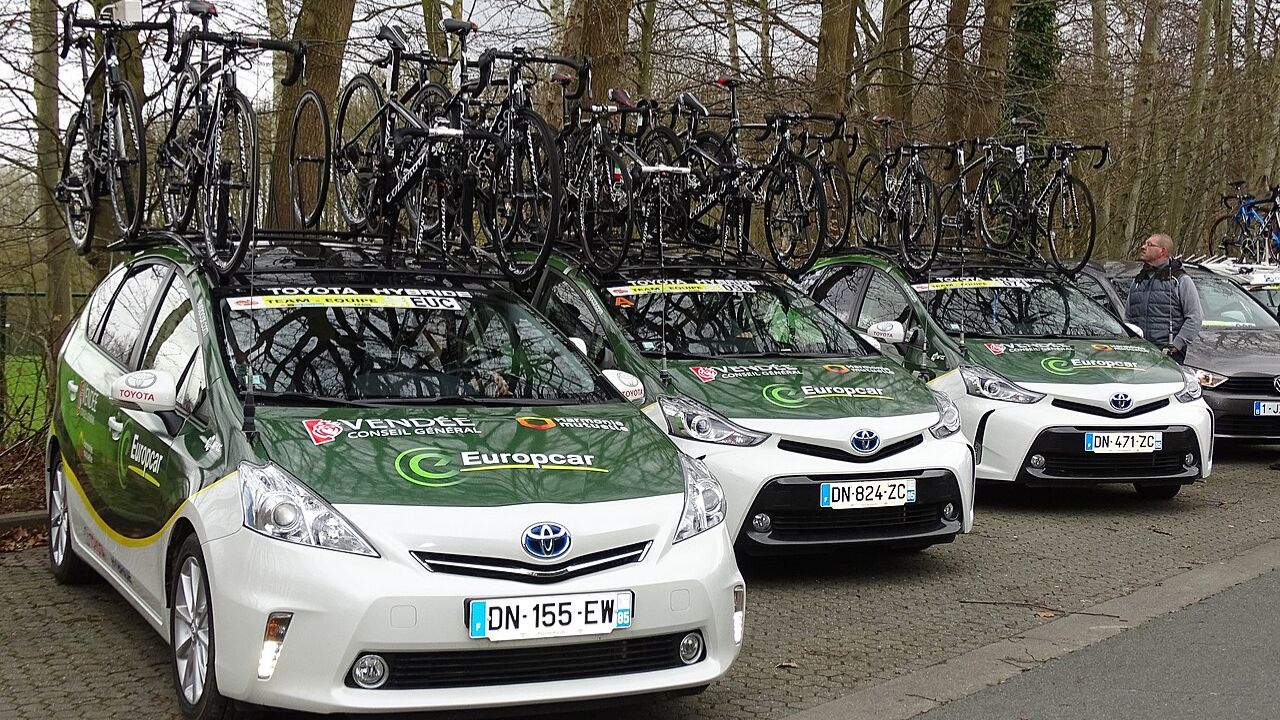
Leave a Reply